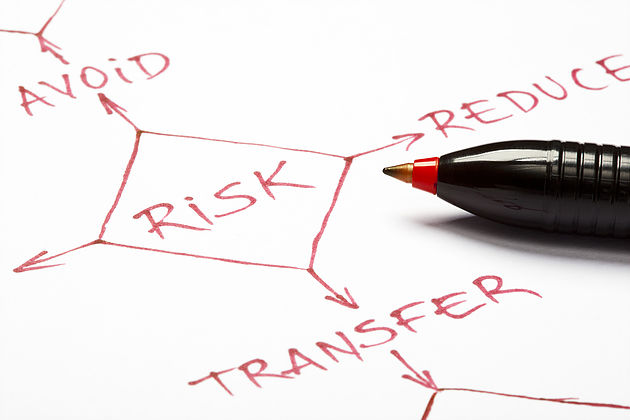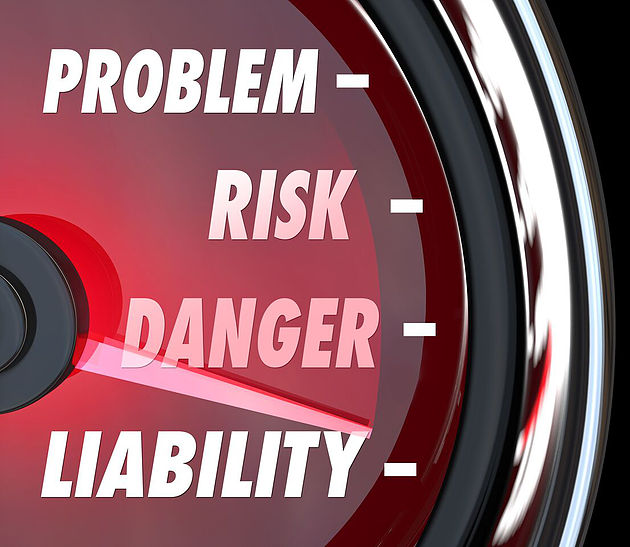Using a construction risk assessment template helps project managers to complete their risk assessment protocols. This construction risk assessment template can be used as an information guide in order to complete a live document. It is important to note that risk assessments should be reviewed on an annual basis, or else if an accident or a near miss has occurred. Also, it should be reviewed when any significant change in personnel or to work practices happens.

A construction work site is inherently risky and dangerous, so accident prevention should work alongside risk minimization with the knowledge that neither is possible without a detailed assessment of what the risks are. These include all general construction activity, building tasks, demolition, refurbishing projects, refits, siteworks, etc. When construction projects are compared with other industries such as software or financial, construction is less technically complex. The main the risks on a construction site include:
-
Disputes over work practises leading to litigation
-
Poor safety and health records
-
Compromise on health and safety provision
-
The commercial pressure to save money and time
Construction Risk Management
The purpose of risk assessment and risk management in construction is to plan, monitor, and control measures needed to minimize or prevent risk exposure. To achieve this, it is critical to identify any hazards, assess the extent of possible risks and then provide the measures to control the risks including managing any remaining risks.
The Risk Management Process in Construction
The below is a sample of a construction risk assessment template procedure. It outlines the concept of residual risk management (unidentified risks or those risks remaining despite compliance with risk control measures):

Construction Risk Logs
Regardless of the industry type, risk logs are always used. The difference in construction is that risk logs may also assess the time and cost impact without any controls and can include actions identified on residual risks. Generic construction risks are usually identified, then risks specific to the project, and risks remaining despite controls being used (residual risks).
Construction Risk Assessments
All risk assessments are controlled and supported with set processes. There is normally a legal compliance for risk assessments around health and safety in most countries. A typical assessment would follow this process:
-
Identify the hazards. Example – pipelaying in bad ground.
-
Identifying who or what could be harmed. Example – the pipe layers in the trench.
-
Evaluating the risks identified in the hazard. Example – risk of earth collapsing.
-
Determining the control measures required. Example – use trench support box.
-
Evaluating the risks from the hazard. Example – the risk of a worker being crushed, injury from digger bucket, and risk of cave-ins.
-
Recording the findings of the risk assessment. Example – fill in the construction risk assessment template.
-
Plotting contingency plans for the residual risks. Example – prepare safety method statement based on the risk assessment, foreman to lead task discussion, permits to work required, supervisor or overseer working with excavator operator.
-
Reviewing and revising. Example – monitor the site operations and modify the construction risk assessment template where necessary
-
Follow through by holding further task talk if method statement is changed.
Construction Risk Types
The Project Client
Risks from the project client usually revolve around cost, time, and quality. Risk management considerations usually involve feasibility, design, funding and commercial risks.
The Contractor
Probably the biggest risk for a contractor will be during the tender stage when price and timescale commitments are submitted. If estimates end up being inaccurate, profit margins are eroded with a knock-on effect around risks. The use of subcontractors also opens up project risks.
Project Health and Safety
Risk assessment and management in project health and safety risk management are legal requirements. All construction projects have a requirement to have a health and safety plan in place prior to commencing any work.
Fire Risk
Fire risk in a construction project and on the site, is an ever-present risk. Insurance, legal and government standards nearly always require contractors to take measures to prevent risks of fire injury. To ensure the provision and maintenance of firefighting equipment plus training a set of workers to use the equipment. No construction project should ever proceed to the building process without a fire safety plan developed by the project manager.
Differences between risk assessments and method statements.
A risk assessment is exactly what it says on the tin, a thorough assessment of any risk in a construction project. Using a construction risk assessment template, this will be completed prior to any work commencing that presents a risk of injury or ill health.
A method statement is a set of instruction for how the tasks and work will be carried out safely. A method statement will set out the work in logical steps and explain to all workers on site how the work should be done, providing additional details. The method statement will usually be accompanied by the risk assessment template, and will include the risks identified within the risk assessment and the control measures required. In fact, these two documents always support each other and will deliberately contain overlapping information. Also, another difference is that the method statement is not always required.
The point to remember is that all work should be covered by the risk assessment, whereas method statements are usually for the higher-risk, more complex and unfamiliar tasks. You can access a free risk assessment templates on RaptorPM.





